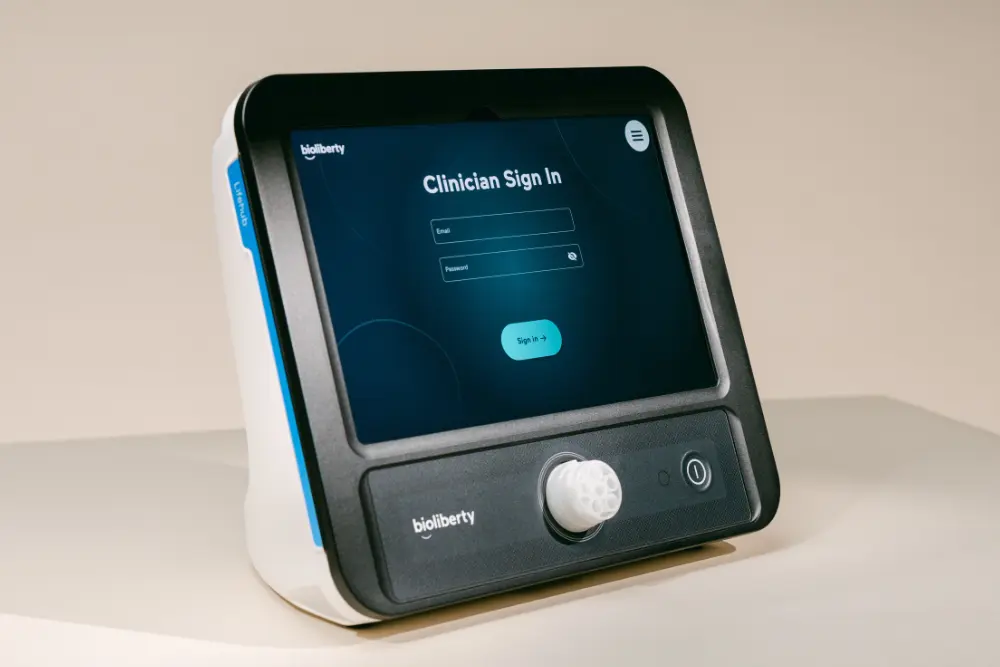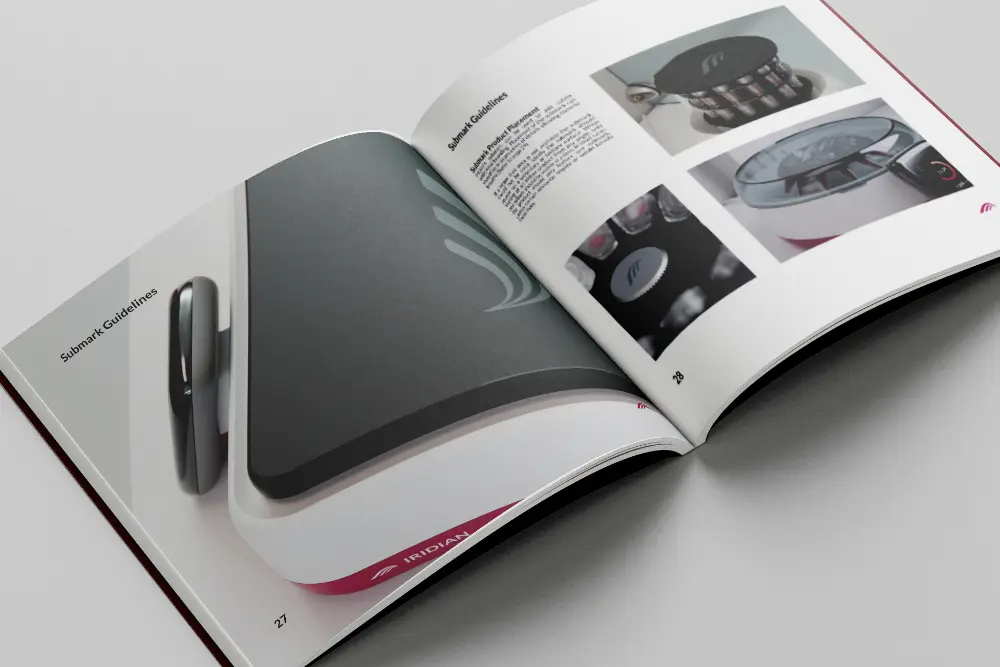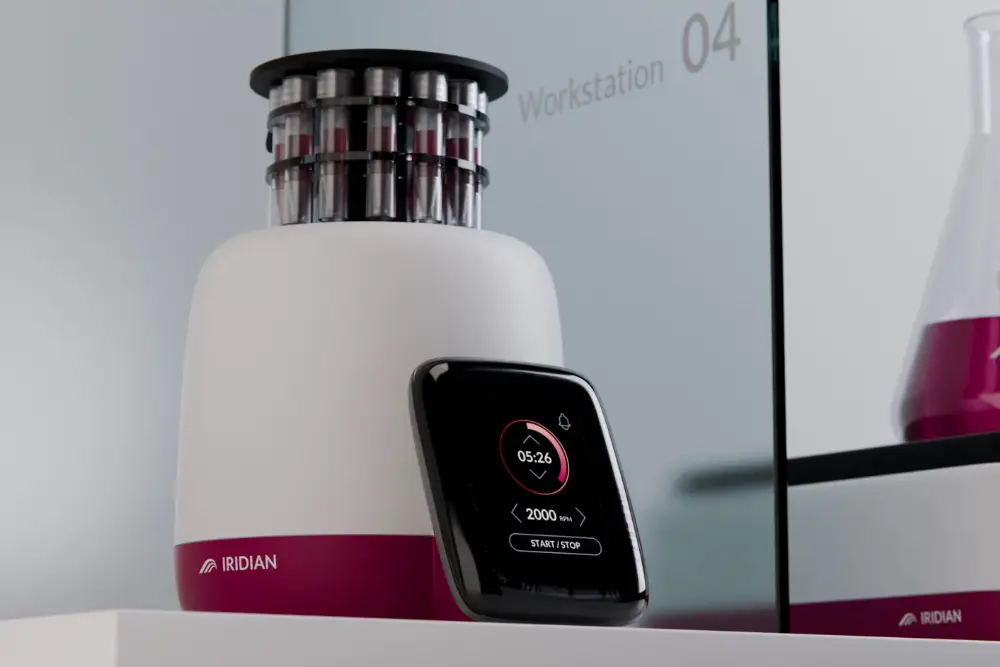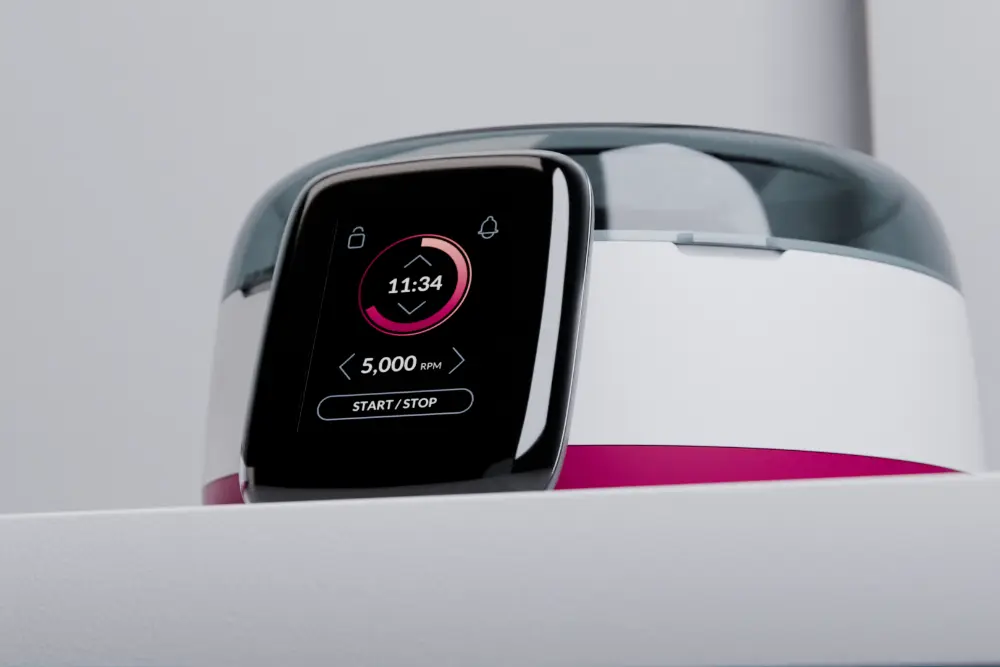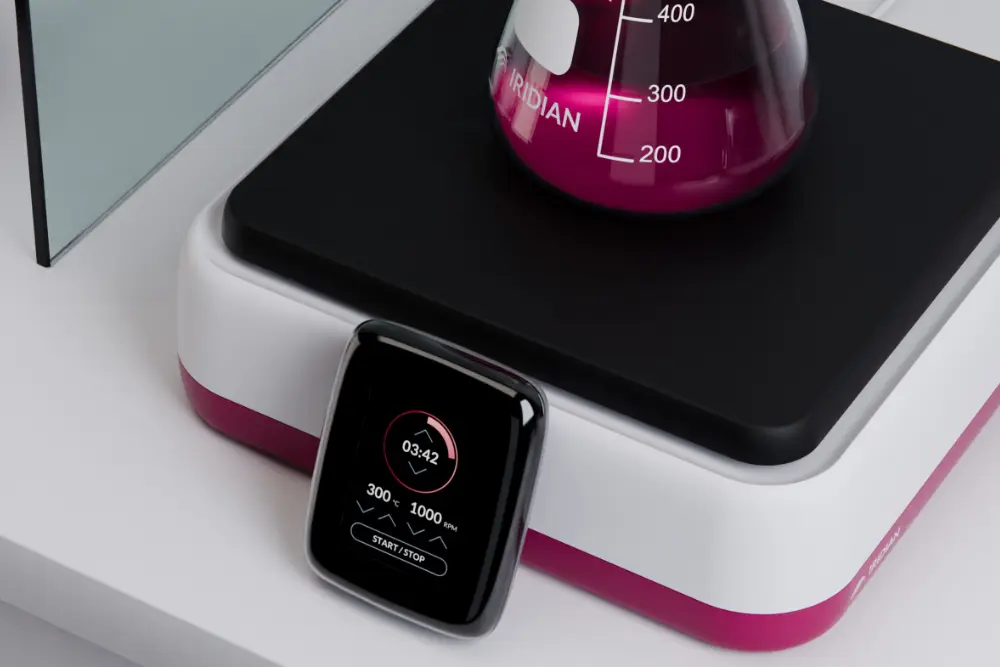Transforming MedTech brands through strategic product design
Medical & Healthcare
The patient and procedure are given top priority in the creation of a medical device design. Emphasising with the patient’s ergonomics and psychology helps ensure efficiency and comfort and can help reduce any patient apprehension.
Laboratory & Scientific
Precision instrumentation in the laboratory and scientific industry should be reliable and intuitive. Well designed lab equipment allows the user to focus on advancing scientific knowledge and discovery rather than the instrument.
Shaping the future of medical, scientific and laboratory equipment
Functionality, usability, and desirability of laboratory or medical apparatus can all be enhanced with industrial design. Increasing market appeal and user satisfaction can boost client retention, strengthen sales and provide a competitive edge.
Product development for laboratory equipment
Since most manufacturers of lab equipment sell a variety of instruments, it stands to reason that some will sell at a higher rate than others. Price points will differ among the product lineup in addition to volumes. A centrifuge, for example, might be more affordable and available in larger quantities than a gas chromatography-mass spectrometry device.
It is necessary to match the design and manufacturing processes to the appropriate budget and volume. Although the lowest component prices are typically found at higher volumes, there are a number of medium to lower volume processes that can be used profitably. The size and purpose of the machine also matter, while a smaller device, such as a stirrer or balance, might be better suited to injection moulded plastic components, larger machinery, or equipment that is subjected to high temperatures might be better suited to sheet metal.
From a branding and familial standpoint, the various instruments should have the same sense of origin. Even though different processes result in different forms, it is still possible to develop a visual brand language that is consistent across the range.
The role of industrial design in obtaining and securing market leadership within the medical and laboratory equipment market
A brief introduction to the influence of industrial design on market leadership with analytical and medical device design.
Expand to read more
Maintaining or becoming a market leader within the medical and laboratory industries can be a complex challenge. Many factors influence reputation, recognition, and perception. Building a reputable brand starts with the products, if they aren’t good, then there is little that can be done to improve their reputation. The user’s perception of a product and, subsequently, the brand can be broken down into three main interaction points. Let’s look at three factors that greatly influence this.
Perceived professionalism and visual brand recognition in medical and laboratory equipment
The first introduction a user or potential user has to a product is normally a visual one. This may be when they see a picture on a website or a sales brochure, or when they first walk into a room and see the product on the other side. Before they physically interact with it, most people form a subconscious opinion of the product based on its visual aesthetic.
If we imagine two pieces of laboratory equipment for sale from two different companies, both function the same, and both are the same price, but one looks more professional. If we ignore other factors like brand reputation, a buyer will most likely be drawn more to the one that has a higher perceived professionalism. This doesn’t mean it is, it’s just the initial perception.
While the same applies to medical device design, an added factor comes into play with patient interaction. Considered product aesthetics can convey a sense of calm and safety in a scenario that may be uncomfortable or frightening for a patient.
The value of interaction and its subconscious influence on brand
One of the first steps to market leadership is perception, which is heavily influenced by aesthetics, as mentioned above. A positive visual perception sets you up for the next step in the product and brand experience. If the product looks great, but when you touch it, it feels low quality or isn’t intuitive to use, then the overall opinion will be negative.
Any touch points that the user interacts with should convey the desired quality of the product. Perhaps the whole product is well designed and of high quality, but the buttons feel cheap. This creates the perception that the rest of the product is of the same quality as the buttons. For this reason, it’s important to consider interaction points when reviewing quality or cost reduction.
As well as the physical feel of the touch points, the interaction and intuitiveness of any interface, whether physical or digital, are important. If a product is hard to understand or complicated to use, people will again create a negative perception of it. The more intuitive a product is, the less training will also be required.
Functionality: The last chance to create a positive opinion
Now that we’ve moved past the first two perception points, visual and interaction, the last and most important area is function. If the product looks professional, feels high quality, and is intuitive to use but doesn’t function well, then again, the overall perception will be negative. While the first two areas will help gain an advantage over a competitor, a poorly functioning product will harm brand reputation.
Consistency of experience builds market leaders
Becoming a market leader is about being consistent in all these areas.
Companies with multiple products should have visual consistency across their offerings. If someone has a positive experience with one of your products, you want them to recognise other products from your brand so they can associate that product with the positive experience they had previously.
Consistency of touch points and interaction is equally important. Using similar interaction methods will make it easier for people to use your other products and reduce learning time.
Usability and ergonomics for medical device design
When designing medical equipment, anything that touches or interacts with a human, whether a patient or user, requires ergonomic thought. Identifying the demographic range of users will enable size criteria and identify test scenarios.
To make sure the full range of potential users are catered for, we use percentile ranges. A 5th percentile is towards the lower range, and a 95th percentile is towards the higher end of the range. Depending on what area of the body is being interacted with, the difference between a 5th percentile and a 95th percentile can be substantial. This is further emphasised when catering to both adults and children or babies. If a particular demographic is missed, it can result in a non-functioning or uncomfortable product.
Fear and anxiety can be commonly felt by healthcare patients, by studying their processes, we can make improvements. “Journey mapping” places us in their position and shows us where there are opportunities to change or remove things that may cause anxiety or stress. Empathetic medical equipment design can humanise products and create more sympathetic environments in the healthcare industry.
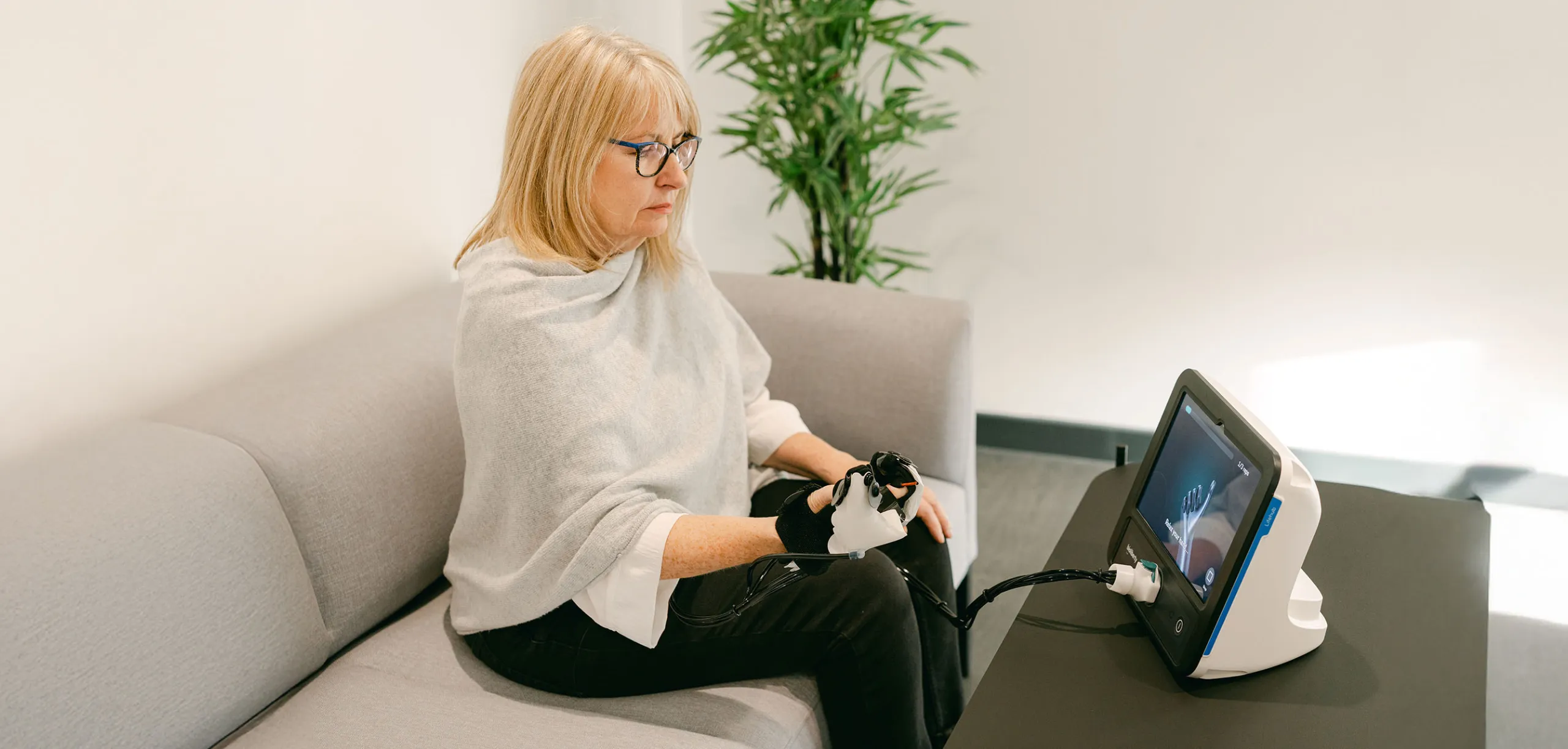
The direct cost of ensuring good quality in medical device design is between 2-2.5% of industry sales. The direct cost of poor quality is between 4.8-6.9% of medical device industry sales.
Navigating regulatory requirements for medical device development
Regulatory compliance is a large element of medical product development. Which standards must be complied with will depend on the intended geographical area in which the product will be used. Some of the most common ones are the FDA and various MDRs (UK, EU & Canada etc) as well as things like RoHS and IEC 60601. Once the appropriate standards are identified, medical devices can be developed to conform to the appropriate standard. Depending on the type of device, this can vary, for instance, a product that has moving components may be required to have any potential finger traps designed out, or if a product touches the skin, parts of it may need to be made from biocompatible materials.
45% of health executives say significant breakthroughs in new technology and scientific innovations can potentially disrupt their sectors.
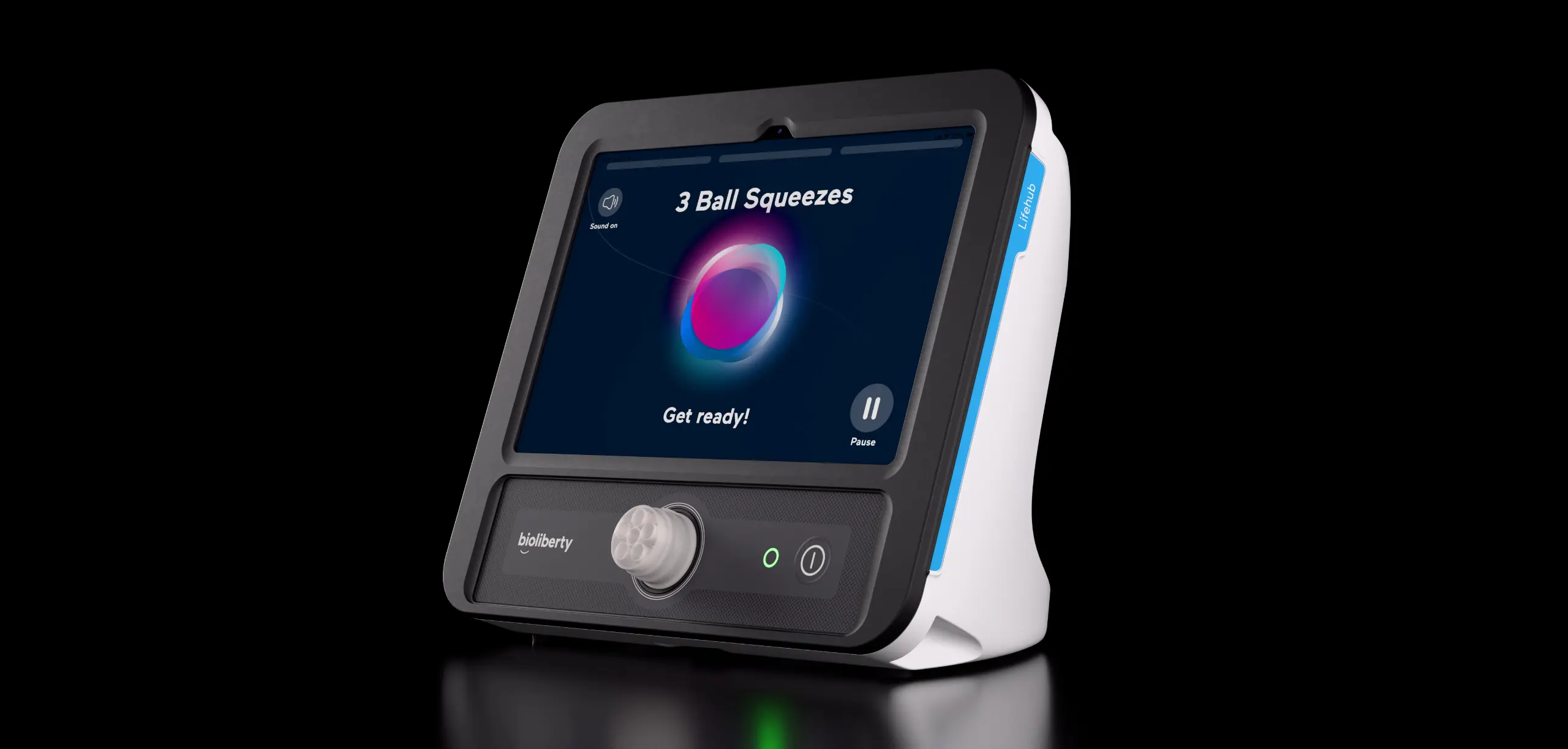
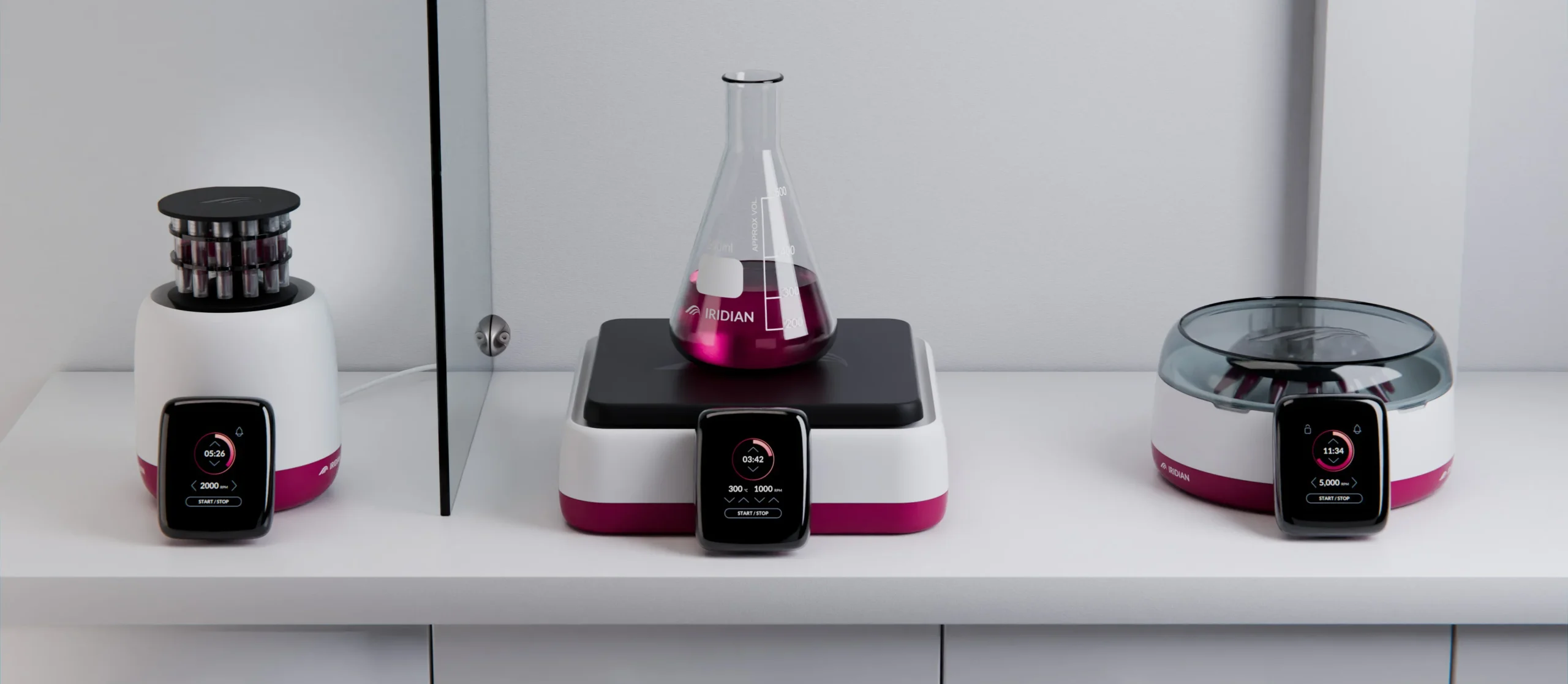
Selection of medtech clients our team of product designers has worked with.
Medtech & Laboratory Equipment Design Case Studies
A selection of our medtech and laboratory equipment design work.
